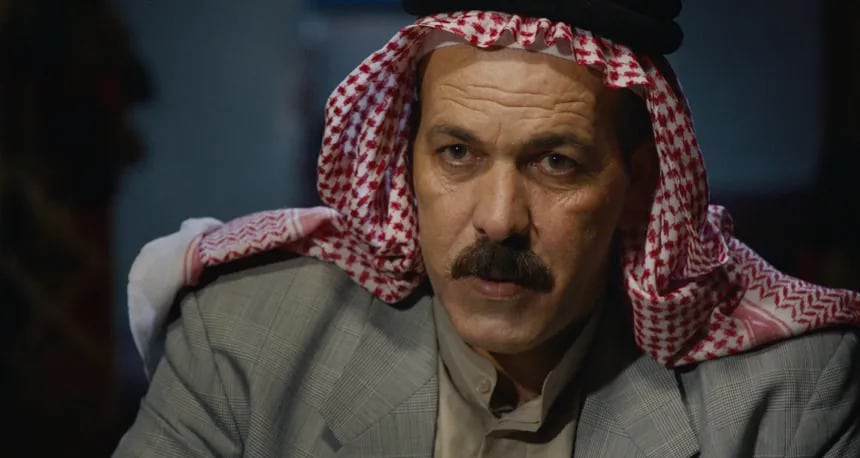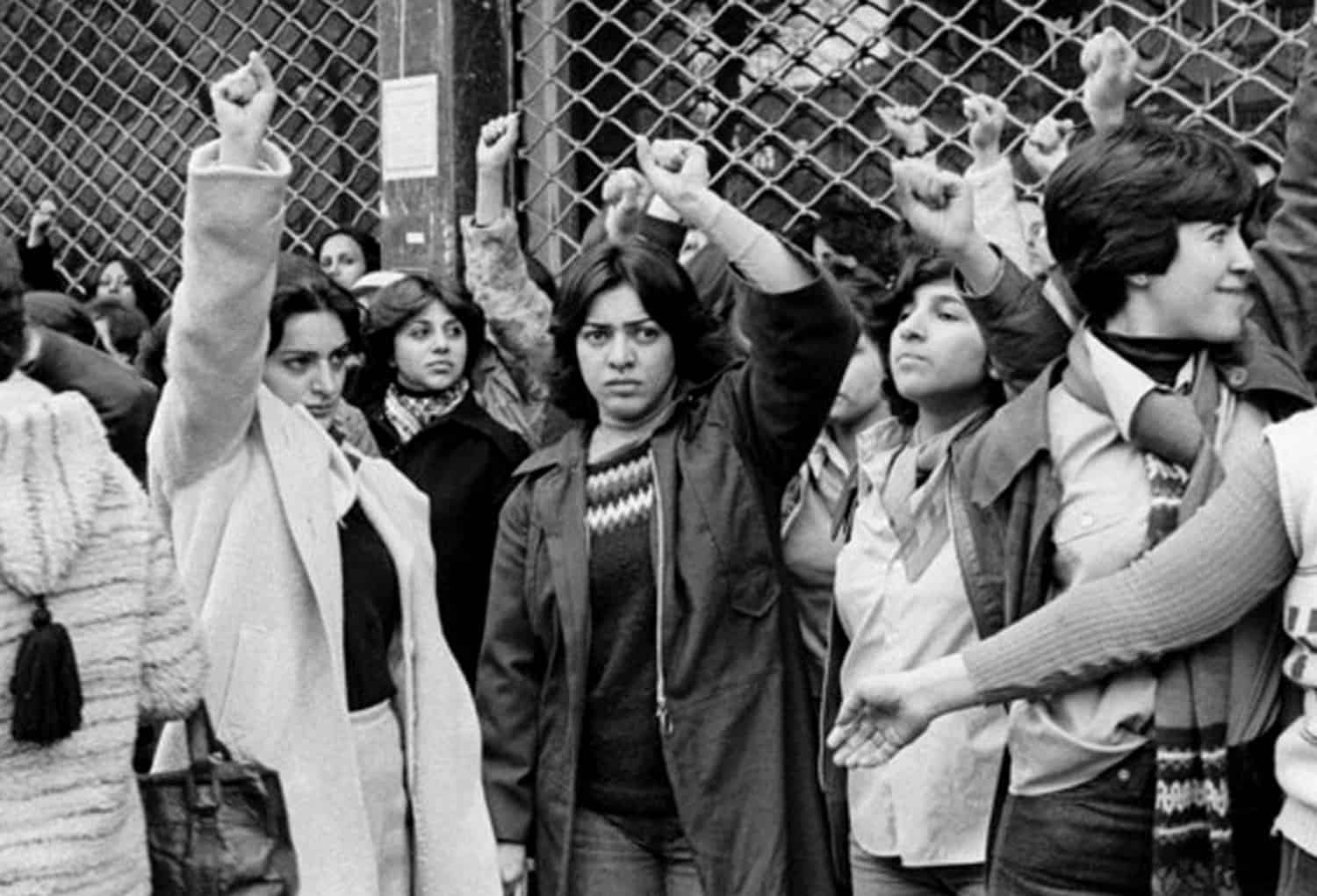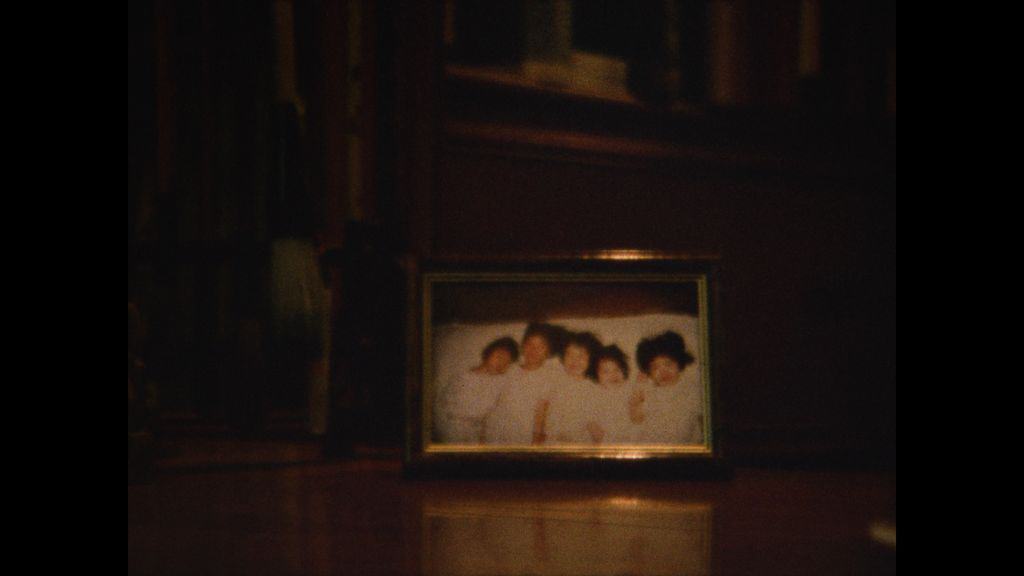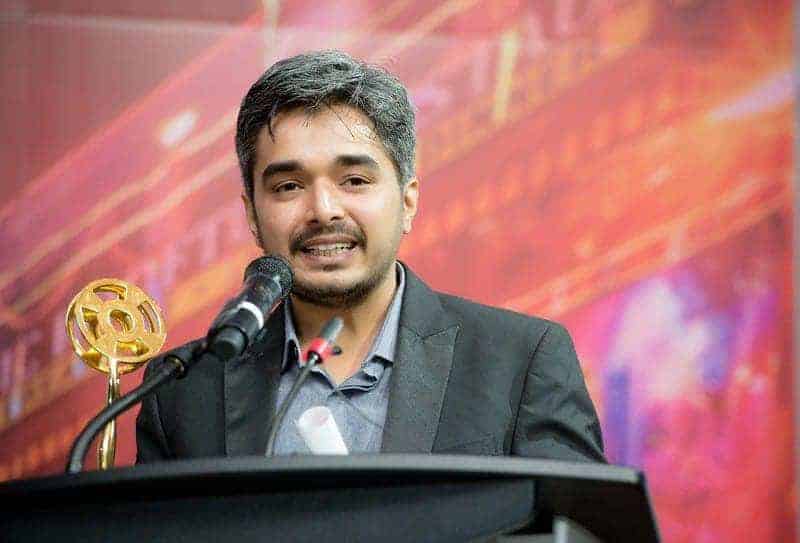12. The World is Family (Anand Patwardhan, India)

For years ,Anand Patwardhan has been one of the most important voices among Indian documentarians. Bold and fearless, he kept addressing the burning sociopolitical issues, not hesitating to stand up to official narration, exposing religious superstitions, hypocrisy, the downfall of secularism, and the government's involvement in rising levels of religious violence. As a result, is hardly possible to watch his movies in India. But his latest work is not as sharp and polemic as his previous film. “The World is Family” is a touching and intimate tale about the directors' family, whose members' lives intertwined with Gandhi and India's independence movement. It brings back the old ideals of Hindu and Muslims' unity. Exploration of the past crashes with the recent political tensions and attempts to rewrite history. But the biggest strength of the film is that, while it takes up the essential sociopolitical discourse, on a personal level it will make you regret that you haven't talked to your elder family members more when they were still alive.
13. Hiding Saddam Hussein (Halkawt Mustafa, Iraq)

Halkawt Mustafa creates an amalgam of a documentary, including a number of different elements, in an approach that works quite well for the film. Of course, the center of focus is Alaa Namiq, and it is easy to say that Mustafa hit bullseye with his choice to have him in the spotlight, since the sheepherder from the small town of Al-Dawr is as charismatic as it can get. Either when highlighting the angst the whole endeavor included, or the way his relationship with Saddam eventually transformed into friendship, either when he is making jokes or crying, Namiq is a true powerhouse who retains interest in the film from beginning to end, just on his own. (Panos Kotzathanasis)
14. Between Revolutions (Vlad Petri Romania, Qatar, Iran, Croatia)

Two friends from studies, Maria and Zahra, their relationship and their experiences with involvement in two revolutions ten years apart (the Islamic revolution in Iran and the anti-communist one in Romania) stand in the cenre of Vlad Petri's documentary Between Revolutions. Well, »documentary« might be the problematic term, given that the characters are composites and the letters as the core narrative material are actually composed, taking the inspiration from the secret service archives. However, the filmmaker uses the rarely-seen archival material in a unique way and speaks the unpleasant truth in his impressive effort. (Marko Stojiljković)
15. I Look into the Mirror and Repeat to Myself (Giselle Lin, Singapore)

“I Look into the Mirror and Repeat Myself” uses the figure of multiple narrators thus making the truth about the family dynamic more elusive and subjective. Each of the sister's trauma is expressed through different patterns, strange coping mechanisms and memories of bonding, as well as separation. This clear, yet somehow complicated structure makes Lin's film very nuanced in its depiction of the experience of growing up in a dysfunctional family constellation. (Olek Mlynski)













